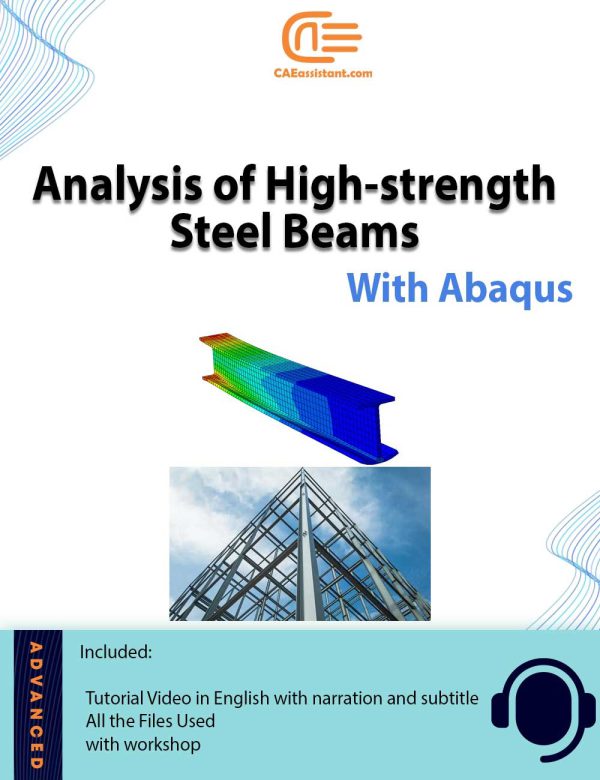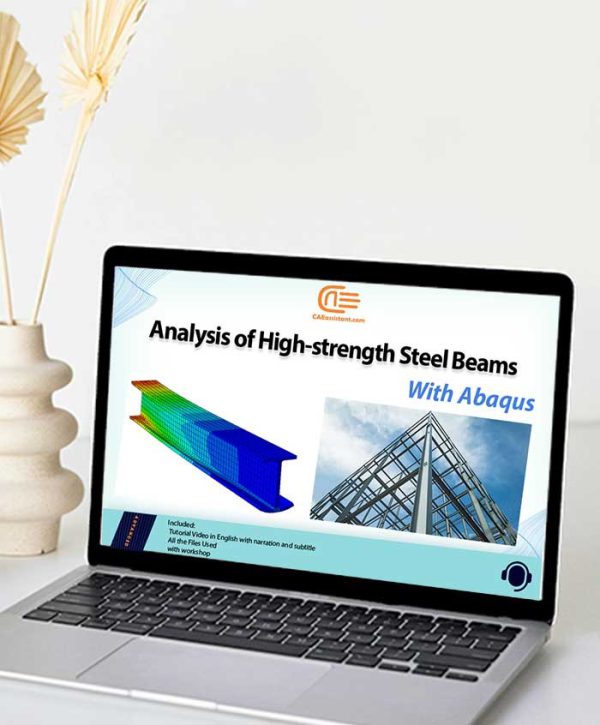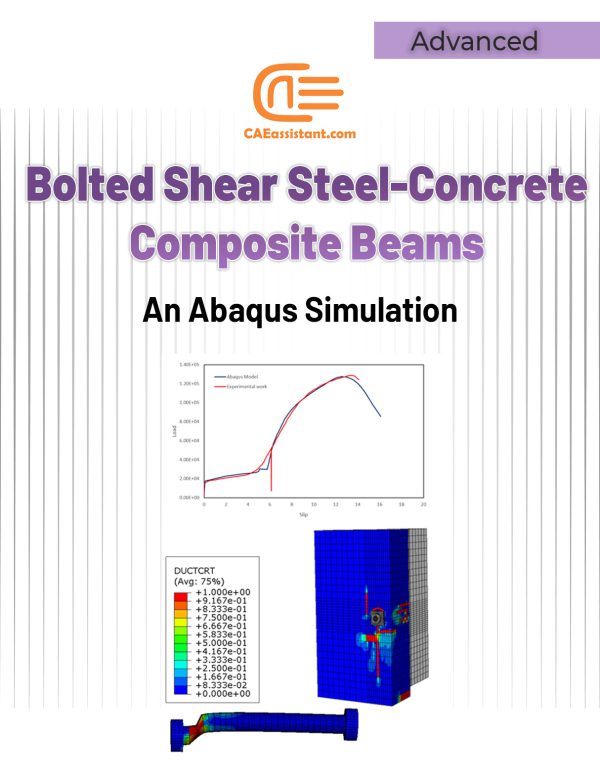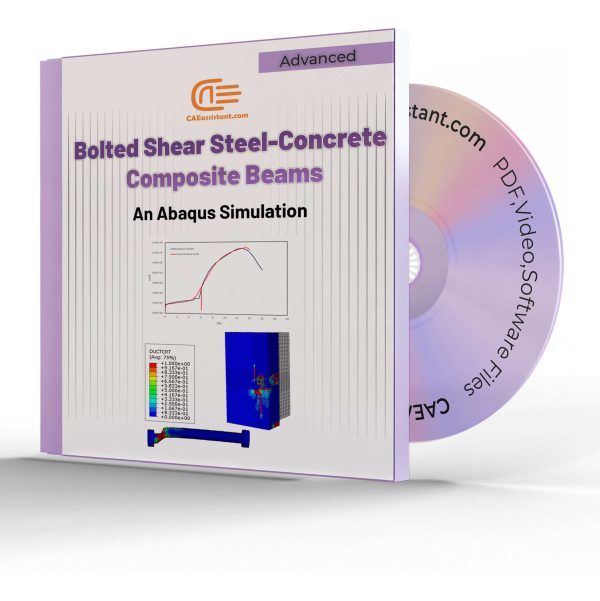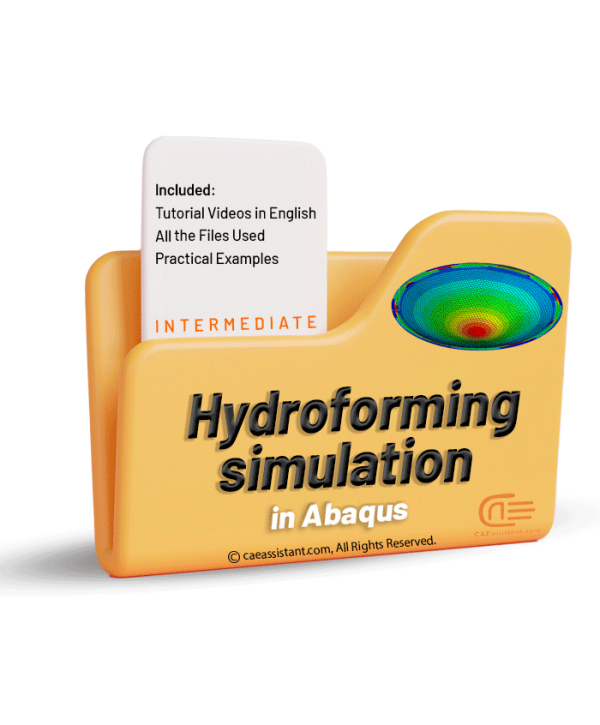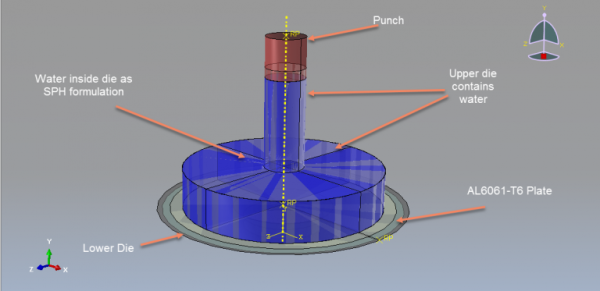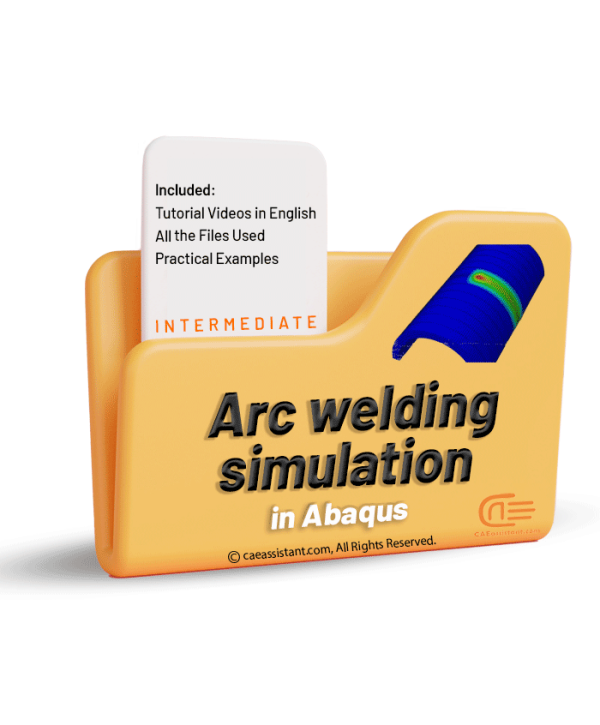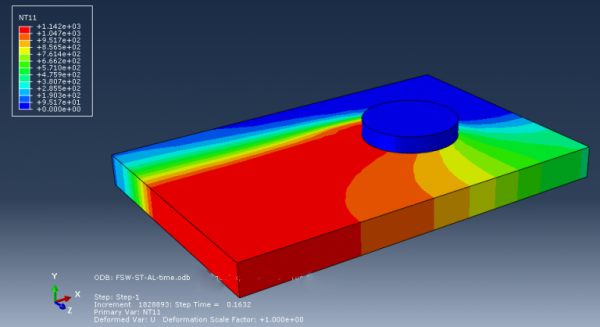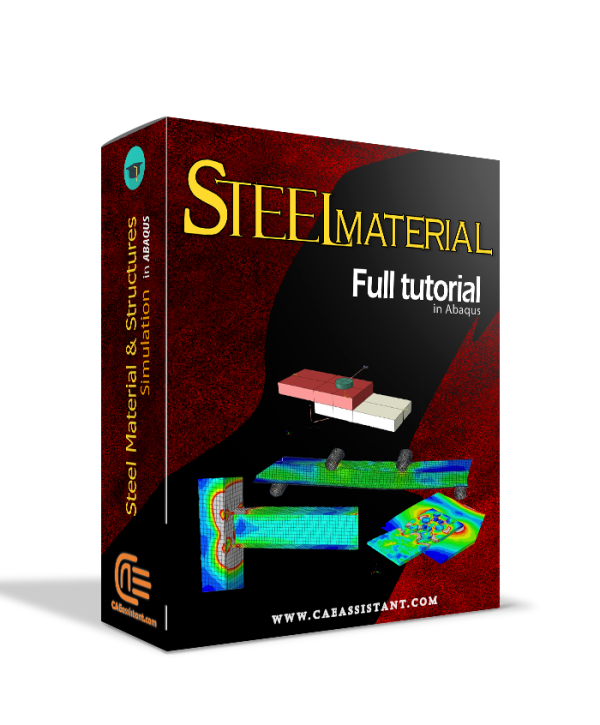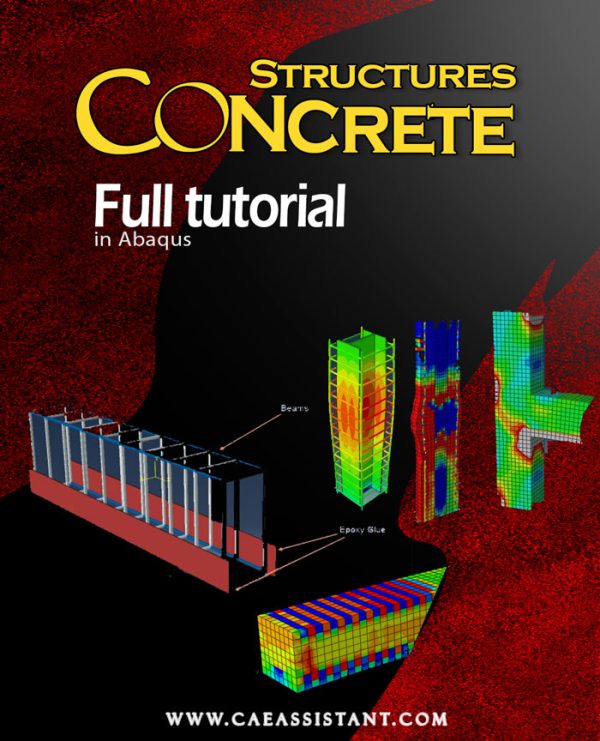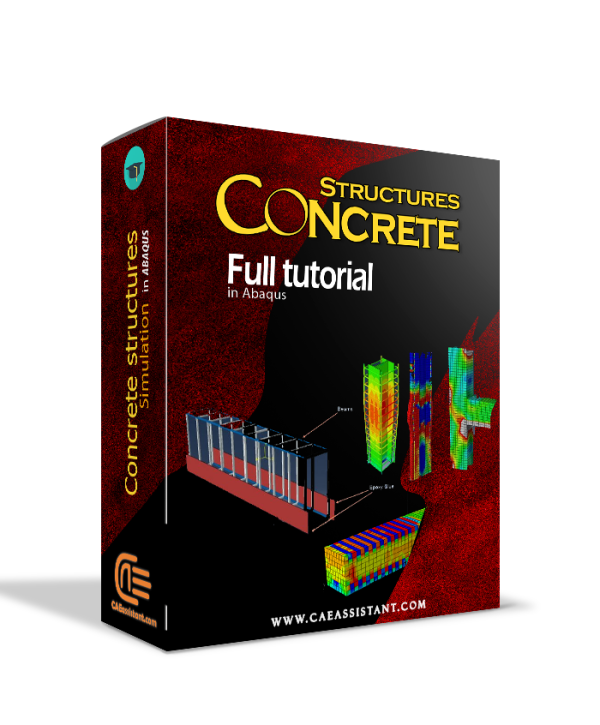steel
Fiber-based Model for High-Strength Steel Beam Analysis with Abaqus
Designers create high-strength steel beams to enhance load-bearing capacity and reduce weight, which is crucial for seismic-resistant structures. Accurate design and High-Strength Steel Beam Analysis are essential to address local buckling and low-cycle fatigue. While experimental methods are costly, numerical simulations using tools like ABAQUS offer precise analysis and modeling capabilities. These include, for example, the stress-strain curve generation and cyclic loading protocols. This project mainly provides a tutorial on ABAQUS modeling, aimed at improving the design and analysis of high-strength steel sections. To do so, it discusses the material property definitions, plasticity models, and mesh details.
Select options
Coming soon...
Bolting Steel to Concrete in Composite Beams: ABAQUS Simulation Validated Against Experiments
Composite beams with welded stud shear connectors pose challenges in terms of disassembly and reuse, which impacts their sustainability. By bolting steel to concrete, we can aquire a more sustainable alternative, facilitating easier disassembly and reuse. Engineers value concrete-steel bolted shear connections for their fatigue resistance, secure connections, and ease of disassembly. These factors make them suitable for various applications. Proper design is crucial for these connections to ensure effective shear force transfer and durability. This project provides valuable insights into analyzing bolted concrete-steel connections. It helps utilizing advanced modeling techniques in ABAQUS to simulate their behavior under different loading conditions. By addressing the benefits and challenges of experimental and numerical methods, this project enhances our understanding of composite connections. It enables improved construction practices. To ensure model’s accuracy, we compared the results with the experimental data, for steel concrete bolts. The project specifically helps you to simulate the bahavior of steel concrete composite beams in the following paper.
“A study on structural performance of deconstructable bolted shear connectors in composite beams”
Hydroforming simulation in Abaqus
Notice: This package will be available one week after purchase.
Hydroforming is a metal forming process that allows the shaping of various metals, such as steel, stainless steel, copper, aluminum, and brass. It is a cost-effective and specialized form of die molding that utilizes highly pressurized fluid to shape the metal. Hydroforming can be classified into two main categories: sheet hydroforming and tube hydroforming. Sheet hydroforming uses a single die and a sheet of metal, while tube hydroforming involves expanding metal tubes using two die halves. Hydroforming simulation in Abaqus is a valuable tool for optimizing the hydroforming process. It enables engineers to predict and analyze important factors such as material flow, stress distribution, thinning, and wrinkling during the forming process. By accurately simulating the hydroforming process, engineers can optimize key parameters like fluid pressure, die design, and material properties to achieve the desired shape with minimal defects. In this package, you will learn hydroforming process simulation with the SPH method and using time-pressure curve.
Arc welding simulation in Abaqus
Notice: This package will be available one week after purchase.
Arc welding is a fusion process that involves joining metals by applying intense heat, causing them to melt and mix. The resulting metallurgical bond provides strength and integrity to the welded joint. Arc welding is widely used in various industries for fabricating structures and components. Arc welding simulation in Abaqus is essential for optimizing the welding process and ensuring high-quality welds. It allows engineers to predict and analyze factors such as temperature distribution, residual stresses, distortion, and microstructure evolution during welding. By accurately simulating the welding process, parameters like welding speed, heat input, and electrode positioning can be optimized to achieve desired weld characteristics and minimize defects.
Friction Stir Welding (FSW) Simulation in Abaqus
Friction stir welding (FSW) is a solid-state joining process that utilizes a rotating tool to generate frictional heat, enabling the consolidation of materials without melting. FSW offers numerous benefits and is particularly valuable for welding challenging materials like aluminum alloys. It finds widespread applications in industries such as automotive, aerospace, shipbuilding, and construction, providing enhanced strength, weight reduction, and structural integrity. FSW minimizes distortion, reduces the need for post-weld machining, and eliminates issues related to solidification and cooling. Simulations using Abaqus, a popular finite element analysis software, play a crucial role in optimizing FSW processes. Engineers can investigate process parameters, evaluate weld quality, predict residual stresses and distortions, and optimize weld designs through Abaqus simulations. These simulations enable cost-effective development, improved weld quality, reduced material waste, and enhanced productivity in industrial applications. In this package, you will learn how to simulate FSW simulations in a variety of examples with different methods.
Abaqus steel material and structures Full Tutorial
Here in this training package, numerous models of crack steel material structures modeling, such as the shear failure, FLD criterion and different metal damage theories in concrete, steel, dams, and bones are examined through ten step-by-step tutorials. Every tutorial includes all needed files and step-by-step English videos and is explained from A to Z.
Abaqus Concrete structure Modeling Full Tutorial
The package includes 19 workshops on topics such as concrete, beam-column structures, composites, steel rebars, Ultra-High-Performance-Fiber-Reinforcement Concrete columns, CFRP bars, hollow-core square reinforced concrete columns wrapped, damaged concrete beams, High Strength Concrete(HSC),ECC/Concrete Composite Beam-Column Joints, circular concrete-encased concrete-filled steel tube (CFST) stub columns, and etc. Every tutorial includes all needed files and step-by-step English videos and is explained from A to Z. Package duration: +600 minutes
